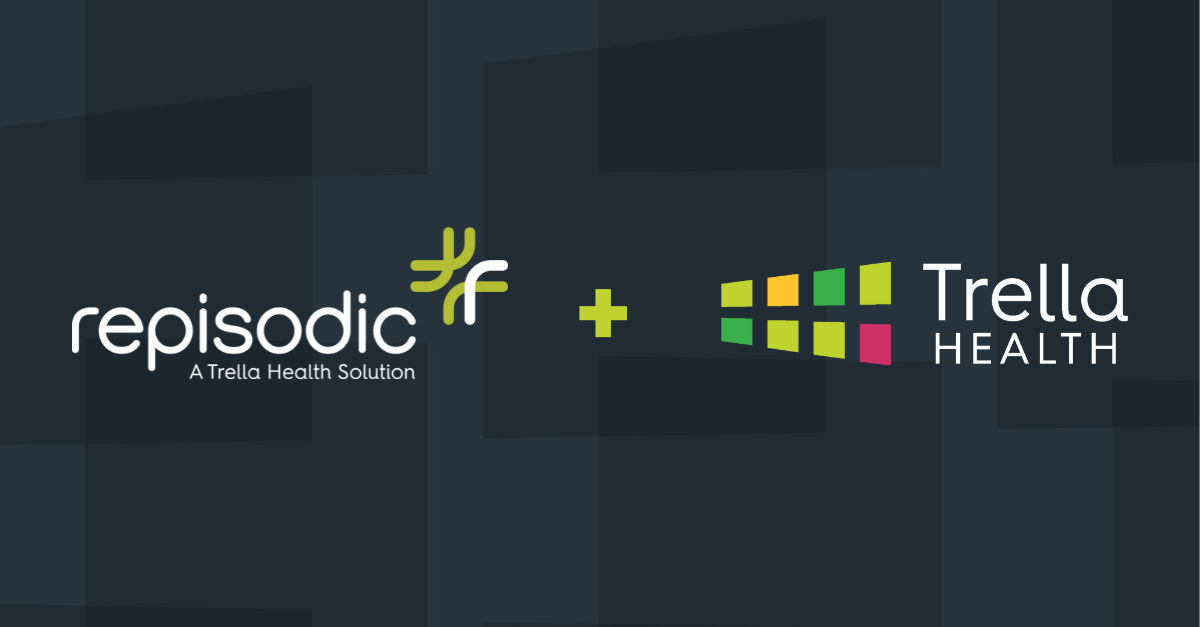 The Medicare Durable Medical Equipment, Prosthetics, Orthotics, and Supplies (DMEPOS) Competitive Bidding Program (CBP) is poised for a significant relaunch, with a new rule proposed on June 30, 2025. This program, designed to control costs while maintaining high-quality access to essential medical equipment and supplies, could reopen bidding as early as January 2026, with contracts going live in January 2027. As the program evolves, DME providers must prepare strategically to remain competitive and compliant.
The Medicare Durable Medical Equipment, Prosthetics, Orthotics, and Supplies (DMEPOS) Competitive Bidding Program (CBP) is poised for a significant relaunch, with a new rule proposed on June 30, 2025. This program, designed to control costs while maintaining high-quality access to essential medical equipment and supplies, could reopen bidding as early as January 2026, with contracts going live in January 2027. As the program evolves, DME providers must prepare strategically to remain competitive and compliant.
Understanding Medicare’s Competitive Bidding Program
The DMEPOS Competitive Bidding Program is a Medicare initiative aimed at reducing costs for beneficiaries and taxpayers by awarding contracts to select suppliers through a competitive bidding process. Instead of Medicare reimbursing any enrolled supplier, only those who win bids in specific Competitive Bidding Areas (CBAs) receive contracts to supply certain durable medical equipment and supplies such as oxygen equipment, wheelchairs, CPAP machines, diabetic testing supplies, and more.
How the Competitive Bidding Program Works
Medicare invites qualified suppliers to submit bids for providing DMEPOS items in defined CBAs. These bids must balance competitive pricing with the ability to meet Medicare’s quality and service standards. CMS evaluates bids for financial stability, quality compliance, and pricing, awarding contracts to suppliers offering the lowest bids that meet all eligibility criteria.
Payment rates for these items are then set based on winning bid prices, with Medicare covering 80% and beneficiaries responsible for a 20% coinsurance. Beneficiaries in CBAs are generally required to obtain competitive bid items exclusively from Medicare contract suppliers, ensuring consistent quality and pricing.
Why the 2025–2027 CBP Cycle Matters for Suppliers
With the anticipated restart of the CBP, suppliers have approximately 18 months to strategize effectively. This preparation period is crucial for sizing volumes, securing referral pipelines, and finalizing cost structures. However, many providers face challenges due to limited historical data visibility on the categories likely to be included in the upcoming bidding rounds, which have previously covered areas like bracing.
Key Benefits of the Competitive Bidding Program
The program offers several benefits for both beneficiaries and the Medicare system:
- Lower Coinsurance for Beneficiaries: Patients pay a 20% coinsurance based on lower bid prices, making durable medical equipment more affordable.
- Quality Assurance: Only accredited and compliant suppliers win contracts, ensuring beneficiaries receive reliable products.
- Reduced Fraud Risk: The program’s vetting process limits the number of suppliers, reducing opportunities for fraud and abuse.
- Cost Savings for Medicare: Historically, the program has saved billions compared to traditional fee schedules by promoting market-driven pricing and supplier efficiency.
Recognizing the Risks
While beneficial, the CBP also presents challenges:
- Thin Margins: Winning bids often come with tight profit margins, making sustainability difficult.
- Market Consolidation: Smaller suppliers risk exclusion, potentially reducing competition.
- Operational Strain: Expanding to cover entire CBAs may increase staffing and service costs.
- Access Gaps: Patients in remote or less profitable regions may face challenges in service accessibility.
Leveraging Data and Analytics: How Trella Health Empowers DME Suppliers
In a highly competitive environment, granular data insights become essential. Trella Health offers quarterly refreshed Medicare claims data that enables DME suppliers to model market share shifts and demand trends with precision. Suppliers can forecast which HCPCS codes are growing or shrinking, track payer mix changes from Medicare Fee-For-Service to Medicare Advantage and commercial payers, and run “what-if” scenarios to optimize bidding strategies.
Trella Health’s data tools help suppliers:
- Prove Volume Delivery: By providing concrete metrics on referral commitments, network adequacy, and capacity narratives, suppliers can confidently demonstrate readiness to serve.
- Sharpen Competitive Positioning: Detailed insights on competitor market share and white-space targeting allow suppliers to identify opportunities and tailor bids aggressively.
- Enhance Post-Award Execution: Continuous tracking of contract performance, referral growth, and compliance risks supports effective contract management and audit preparedness.
- Diversify Payer Mix: Data-driven insights into alternative reimbursement streams — Medicaid, Medicare Advantage, commercial insurers, and others — enable suppliers to pivot strategically if a Medicare bid is lost, reducing reliance on FFS and supporting continued growth across a broader, more stable payer landscape.
Preparing for the Future of Medicare DMEPOS Competitive Bidding
As the CMS prepares to reopen the Competitive Bidding Program, DME suppliers must leverage advanced analytics and data-driven strategies to thrive. Suppliers who can accurately quantify demand, price competitively, and substantiate referral pipelines will position themselves for success in the evolving DMEPOS marketplace.
Interested in learning more about how to prepare for the Medicare DMEPOS Competitive Bidding Program?
Reach out to us today to learn how Trella Health can help you stay ahead.

















